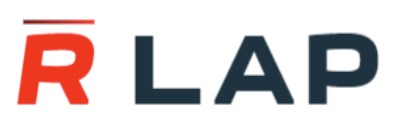Understanding Agile Style: A Guide to Effective Product Advancement

2024-11-08 14:50
5
0
본문
Agile design describes the iterative process of item development, highlighting flexibility, partnership, and client responses throughout the entire cycle. This approach is specifically reliable for tasks that need continuous improvement and enhancement, as it enables groups to get used to evolving demands and market demands quickly.
At its core, Agile layout operates on several basic principles that establish it apart from conventional design processes. Rather of waiting till the end of the project to release a total item, Agile design damages the process right into smaller chunks, delivering functional models at each phase.
Taking on Nimble design offers countless advantages. This repetitive procedure assists reduce the threat of costly mistakes or significant design defects that might have been forgotten in a conventional development cycle.
While Agile style uses many advantages, it's not without its difficulties. One common concern is handling stakeholder assumptions. Because the procedure is repetitive and may involve frequent modifications, stakeholders may originally struggle to understand the evolving nature of the project. To conquer this, reliable interaction is vital to maintain all events informed and aligned with the task's goals.
By welcoming Agile design, businesses can stay affordable in an ever-changing market, supplying products that are not only useful however also lined up with user expectations.
At its core, Agile style runs on a number of essential principles that set it apart from typical layout processes. Instead of waiting up until the end of the job to launch a total product, Agile UX design style breaks the procedure into smaller sized pieces, delivering practical models at each phase. Adopting Nimble layout offers countless advantages.
At its core, Agile layout operates on several basic principles that establish it apart from conventional design processes. Rather of waiting till the end of the project to release a total item, Agile design damages the process right into smaller chunks, delivering functional models at each phase.
Taking on Nimble design offers countless advantages. This repetitive procedure assists reduce the threat of costly mistakes or significant design defects that might have been forgotten in a conventional development cycle.
While Agile style uses many advantages, it's not without its difficulties. One common concern is handling stakeholder assumptions. Because the procedure is repetitive and may involve frequent modifications, stakeholders may originally struggle to understand the evolving nature of the project. To conquer this, reliable interaction is vital to maintain all events informed and aligned with the task's goals.
By welcoming Agile design, businesses can stay affordable in an ever-changing market, supplying products that are not only useful however also lined up with user expectations.
At its core, Agile style runs on a number of essential principles that set it apart from typical layout processes. Instead of waiting up until the end of the job to launch a total product, Agile UX design style breaks the procedure into smaller sized pieces, delivering practical models at each phase. Adopting Nimble layout offers countless advantages.

댓글목록0
댓글 포인트 안내